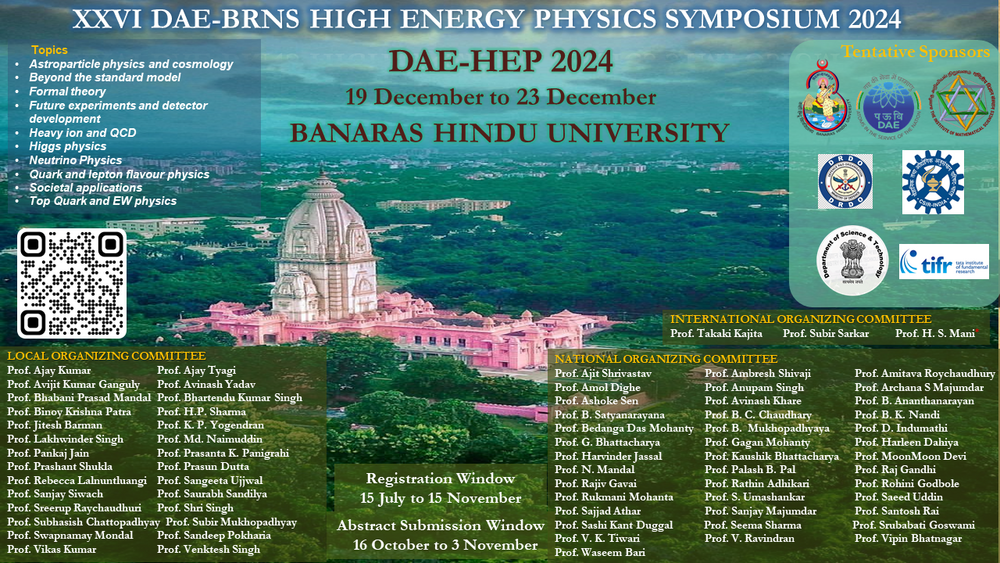Speaker
Description
Axion-like particles (ALPs) are predicted by various extensions of the Standard Model, such as composite models, and are potential candidates for new physics. We investigate the production of ALPs at the LHC (14 TeV) through a Z boson decay, where the Z boson couples to an axion and a photon. We further decay the axion into two bottom quarks, resulting in a distinct final state consisting of two b-tagged jets and an isolated photon. Our analysis focuses on utilizing these decay products to distinguish signal events from background processes.
We begin by examining kinematic features and spatial distributions of the decay products as discriminating variables. Key observables include the transverse momentum of the photon, the angular separation (Delta R) between the b-tagged jets, the invariant mass of the jet-photon system, etc. Initial attempts using a simple Boosted Decision Tree (BDT) did not achieve sufficient discrimination. Given the expected distinct pattern in the spatial distribution of the signal events compared to the background, we represent events as images in the pseudorapidity (η) and azimuthal angle (φ) plane.
This representation motivates the use of image-based classification models of Machine Learning, such as Convolutional Neural Networks(CNNs), where we started with the AlexNet architecture to leverage the spatial patterns in the η-φ representation of events. Additionally, we are exploring Graph Neural Networks(GNNs) where the spatial correlations are represented in the form of graph-based structures.
Our preliminary results indicate that the image-based approach improves classification accuracy and increases signal sensitivity. The analysis aims to establish new upper bounds on ALP production that could surpass existing limits.
| Field of contribution | Phenomenology |
|---|

